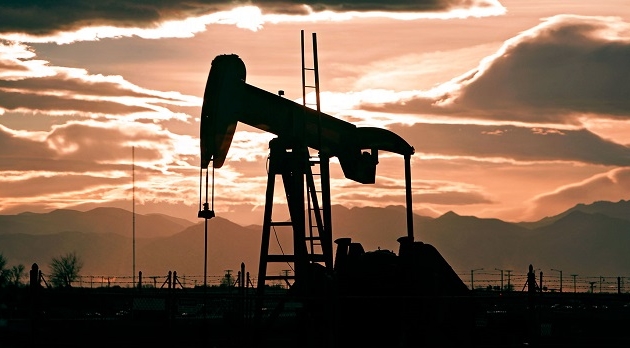More fossil fuels, a cleaner environment
It is certainly true that fossil fuel use can cause significant harm to environmental quality, but as you can see from this chart, as fossil fuel use has gone up in the US, concentrations of air pollutants have gone down, which contradicts the catastrophic pollution narrative.
We can use more fossil fuels and have a cleaner environment. What’s behind this? The cause is technology plus laws. Let’s start with the technology.
Technology vs. pollution
Here’s a question. What industry invented recycling? The oil industry invented recycling. In the 1800s the oil industry was refining crude oil into kerosene but they had a lot of waste material because you might get only 50% kerosene from the crude. The rest of it was unusable and sometimes would just be dumped into a river.
But thanks to human ingenuity, we not only stopped dumping the waste into rivers; we started transforming what had been waste into wealth. For example, the industry began generating waxes and lubricants and all kinds of other useful materials from oil.
Then in the 20th century, they developed processes to break down the crude oil and its hydrocarbons into petrochemicals, which as we’ve seen have created countless different products. That’s a way in which something that can be a negative can be turned into a positive.
You can also use technology to dramatically reduce emissions sometimes to the point where they are completely benign. North Dakota, for instance, has coal power and also some of the world’s cleanest air. How does that happen?
Using technology, you can mitigate threats–and you can even turn them into benefits.
EDITORS NOTE: University of Maryland economist Julian Simon noted in his 1981 book that the human brain is the “ultimate resource.” Humans can innovate themselves out of scarcity by becoming more efficient, increasing supply, and developing substitutes. Hammond presents the following facts:
New technologies and improved farming methods have led humanity to use less land, while producing more food, which is then sold at a cheaper price. In 2013, the world used 26 million fewer hectares of farmland than it did at the turn of the millennium. To take cereals as an example: A hectare today produces on average 118 percent more yield than it would have 50 years ago. If all farmers could reach the productivity of an average U.S. farmer, the world could return a land mass the size of India back to nature.
As for the finite resource that our modern world depends upon, consider fossil fuels. Thanks to improved detection and drilling technology, there are now far more oil and gas reserves than ever before. Since 1980, proven oil reserves have increased by over 151 percent; for gas this figure was 163 percent. To put these data into perspective, in 2015 we used 34 billion barrels of crude oil, while we discovered another 53.2 billion barrels each year between 2010 and 2015.
We’re solving the problems of hunger, poverty, illiteracy, disease, infant mortality, food production and much more at an unprecedented rate. And instead of becoming more scarce, natural resources are actually declining in price.




Leave a Reply
Want to join the discussion?Feel free to contribute!